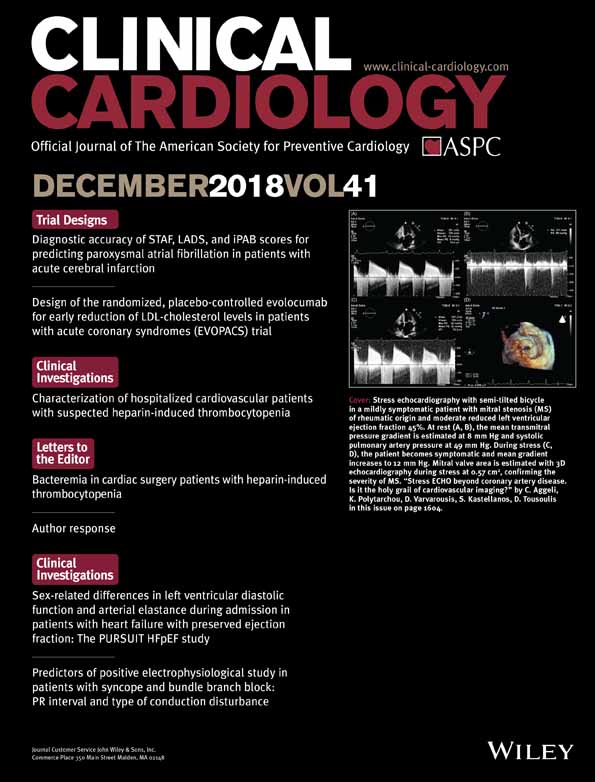Evaluation of anticoagulation use and subsequent stroke in patients with atrial fibrillation after empiric surgical left atrial appendage closure: A retrospective case-control study
Abstract
Background
Surgical exclusion of the left atrial appendage (LAA) can be performed at the time of cardiac operation as a potential modality to decrease cardioembolic risk attributable to atrial fibrillation (AF), but it remains unclear if this decreases stroke incidence. Furthermore, it is not known whether LAA exclusion impacts the decision to discontinue anticoagulation impacting subsequent stroke risk.
Hypothesis
LAA exclusion does not significantly alter subsequent anticoagulation use or stroke incidence.
Methods
We studied 124 patients from Olmsted County with prior history of AF who underwent cardiac surgery at our institution between 1993 and 2015. Patients were divided into two groups on the basis of LAA exclusion and matched (1:1) according to 16 pretreatment variables using propensity scores obtained from a logistic regression model. Outcome data collected through chart review for survival, stroke, and the presence and duration of anticoagulation were compared between groups.
Results
The proportion of patients receiving anticoagulation at discharge and at 5 years was not significantly different between patients who underwent LAA exclusion and those who did not; 90% vs 81%, P = 0.156, 48% vs 49%, P = 0.722, respectively. On Kaplan-Meier analysis there were no significant differences in time free from stroke between cases and controls. Patients discharged on oral anticoagulation (OAC) had significantly lower risk of stroke (HR = 0.19, 95% confidence interval [CI] = 0.06-0.59, P = 0.004), independent of whether LAA closure was used.
Conclusion
LAA exclusion did not appear to reduce early or late stroke. Only OAC was associated with a reduction in stroke risk, underscoring the need for continued anticoagulation in high-risk patients.




